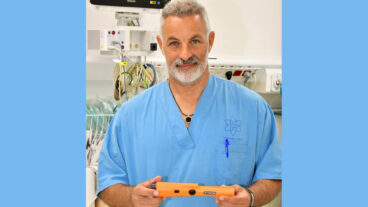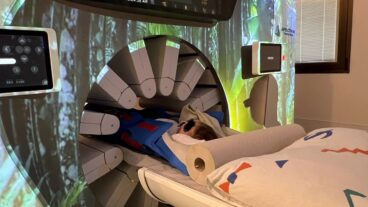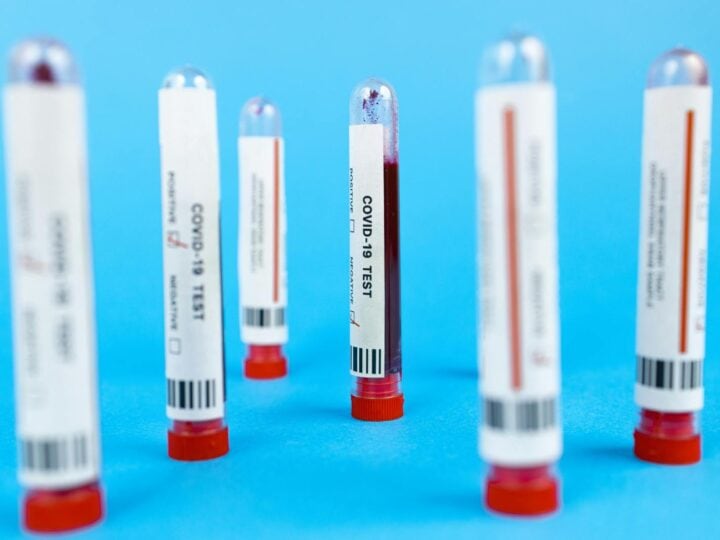Hours in surgery, weeks in hospitals and months of recuperation – or a five-minute procedure under local anesthesia and straight back home with no side effects.
That’s the difference that AI (artificial intelligence) developed in Israel will now be making for patients diagnosed with liver cancer.
Techsomed, a medical imaging startup, allows physicians for the first time to see exactly what’s happening in real time while they destroy (or ablate) a tumor using targeted heat through a needle.
Thermal ablation therapy, a minimally invasive procedure for small tumors, has huge benefits over surgery or chemotherapy for the patients.
But it’s rarely used because of one significant drawback, namely that interventional radiologists, the people who perform the procedure, are effectively blindfolded.
They have ultrasound images to guide them, but their view of the tumor is obscured by a fog of tiny gas bubbles thrown up as they apply heat to the tissue.
So ablation currently relies largely on the physicians’ expertise and visual assessment. Without a clear picture, it’s hard for them to precisely target all of the tumor and none of the healthy tissue.
Techsomed reasoned that if life gave them lemons – or in this case tiny gas bubbles – they were going to make lemonade. They would turn the obstacle into the solution.
Making sense of bubbles
“This was the situation, and we decided to make the most of what we saw,” says CEO Yossi Abu, who founded the company in 2012.
He and his team, with backgrounds in defense, aviation, applied materials and semiconductors, were convinced that AI could make sense of the bubble chaos. They weren’t medical people, but they were problem solvers.
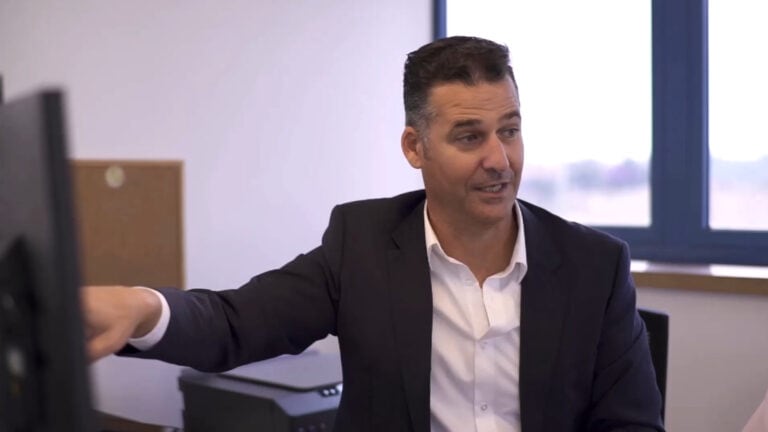
Their theory was that if they fed the AI enough ultrasound images, it could translate bubble activity into a clear picture of what was happening during the procedure.
And, critically, to predict what would happen over the next 24 hours, when the tumor continued responding to the aftereffects of the ablation.
It took seven years and $25 million. They adapted algorithms used to stabilize missiles, and technology from many other fields, to interpret ultrasound images.
“We trained an algorithm to correlate between this chaotic phenomenon called the ‘gas bubble effect’ and the damage to the tumor that will occur during the ablation procedure,” says Abu, a former engineer at Israel’s Rafael Advanced Defense Systems.
“I was always fascinated with the way technology can impact patients’ lives and treatment outcomes,” he says.
“There are a lot of engineers from the armaments and semiconductor industries who would like to use their knowledge and capabilities in the field of medical imaging.”
Game-changing technology
The AI developed by Techsomed, called BioTraceIO, shows the physician not only what’s happening in real time, but also how things will be the following day.
Ultrasound provides very chaotic images during the procedure, says Abu, but for generative AI it’s gold, allowing it to produce a live, high-quality ablation map.
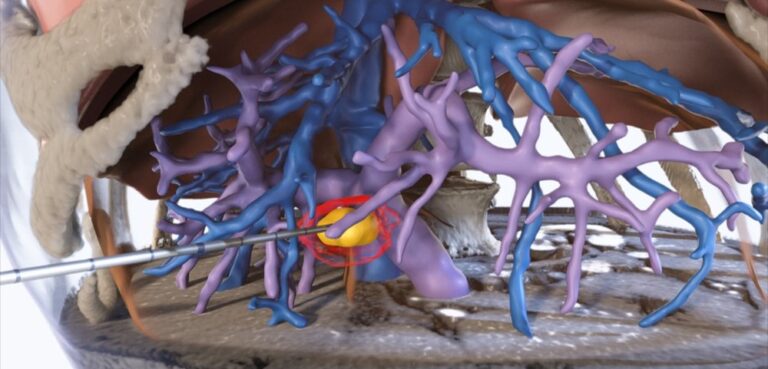
This is game-changing technology, says Abu. It means ablation therapy, largely seen as a last resort, could now become the go-to treatment for liver tumors.
“We would like ablation treatment to become a first-line curative treatment. This is the mission. This is the vision,” says Abu.
“It’s impossible to grasp what the impact will be on patients. A patient undergoing surgery would need to be hospitalized for two weeks and their recovery takes months. It could cost $50,000 for the procedure and the risk to the patient is dramatic.
“Now you can replace that with a five-minute procedure under local anesthetic with no side effects. And the patient is released the same day.”
The next frontier
In time, he says, the company will go on to develop parallel technologies to guide physicians treating other solid tumors, such as the kidney and thyroid, as well as non-tumor ablation treatments, such as cardiac and chronic pain issues. Ultrasound can get to most organs except the brain.
They started with the liver because it’s a unique organ that can regenerate itself, so there was a bigger margin for error.
BioTraceIO was first used on a patient at Sheba Medical Center in Ramat Gan, central Israel, in 2016, and then at the University of Tokyo Hospital, Japan.
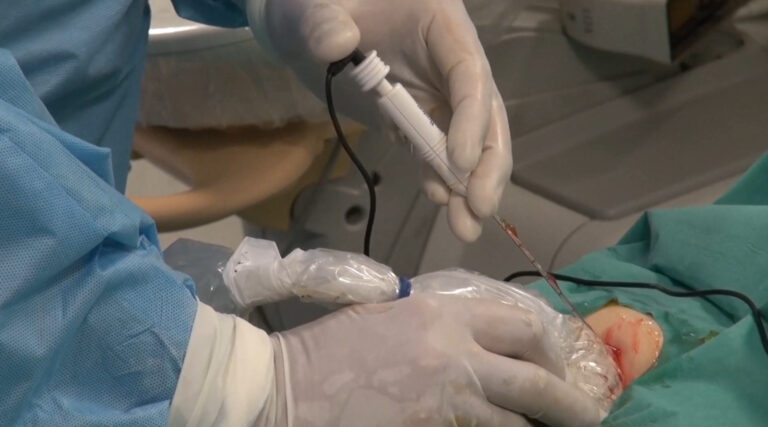
In January of this year, the US Food and Drug Administration (FDA) granted BioTraceIO De Novo clearance after tests on patients in several US hospitals.
De Novo (Latin for “from the beginning”) means it’s the only technology of its kind. In other words, a world first.
It will go live in US hospitals in the coming months.
Obsessed
“You need to be obsessed to build a startup like this. Medical imaging is challenging because it’s so highly regulated,” says Abu.
But the rewards are high. Abu describes Techsomed as a soonicorn. A unicorn is a new business valued at a billion dollars. A soonicorn is a business on the brink of unicorn status.
“Once this technology is actually out in the market it will have an immediate impact because it’s software. You can integrate it into any medical imaging that is available today in the market,” he says.
“So if we’re collaborating, for example, with GE, Philips and Siemens, we can get 80 percent of the market very, very quickly. That means that financially we can be very successful.”
Abu is clear, however, that BioTraceIO is not a cure for cancer. “We are improving a procedure and the potential improvement is dramatic,” he says.
“Ablation therapy has existed for three decades, but we provide the capability to see the damage in real time, and later on the capability to control it.”
Having said that, the more precisely a physician can target the tumor, the higher the chances that it won’t grow back. Currently only 18% of patients who undergo ablation therapy on a tumor are expected to survive for more than five years.
Abu says he wants to “democratize ablation.” Any hospital, anywhere in the world, that has ultrasound and an ablation device can plug in his company’s software and provide the same high-quality treatment.
For more information, click here.







